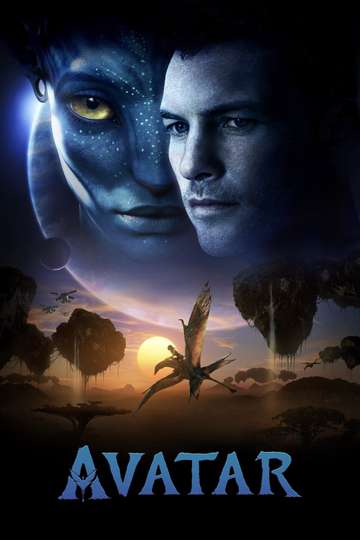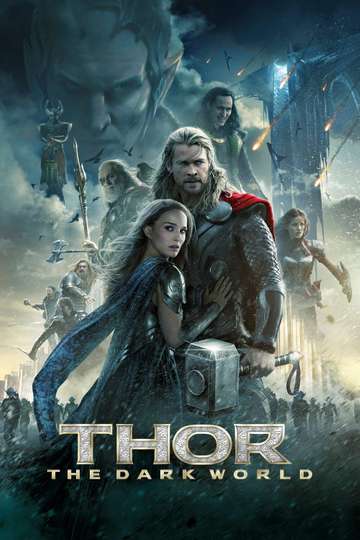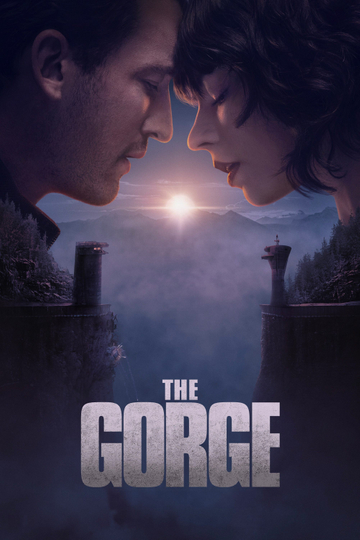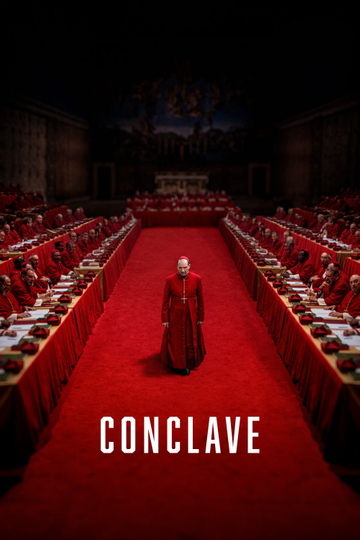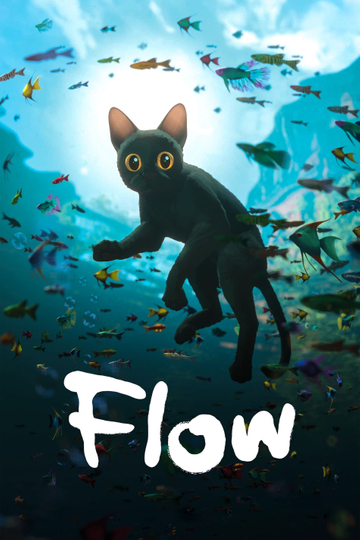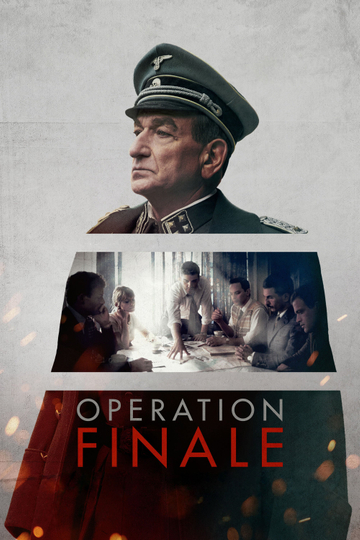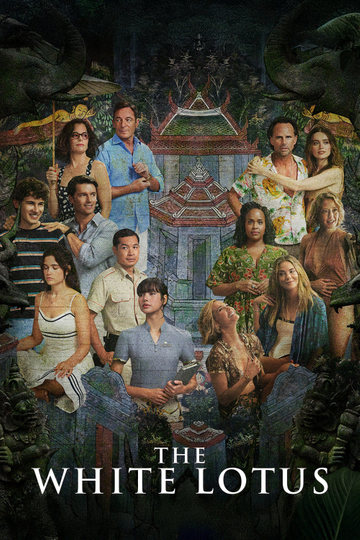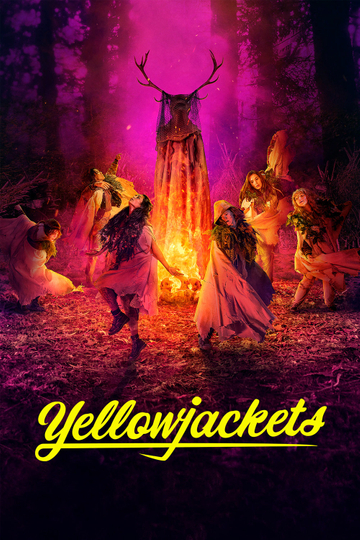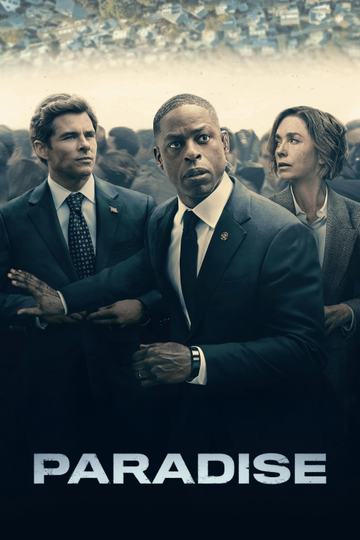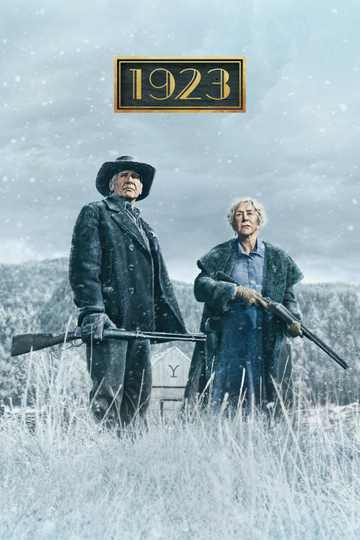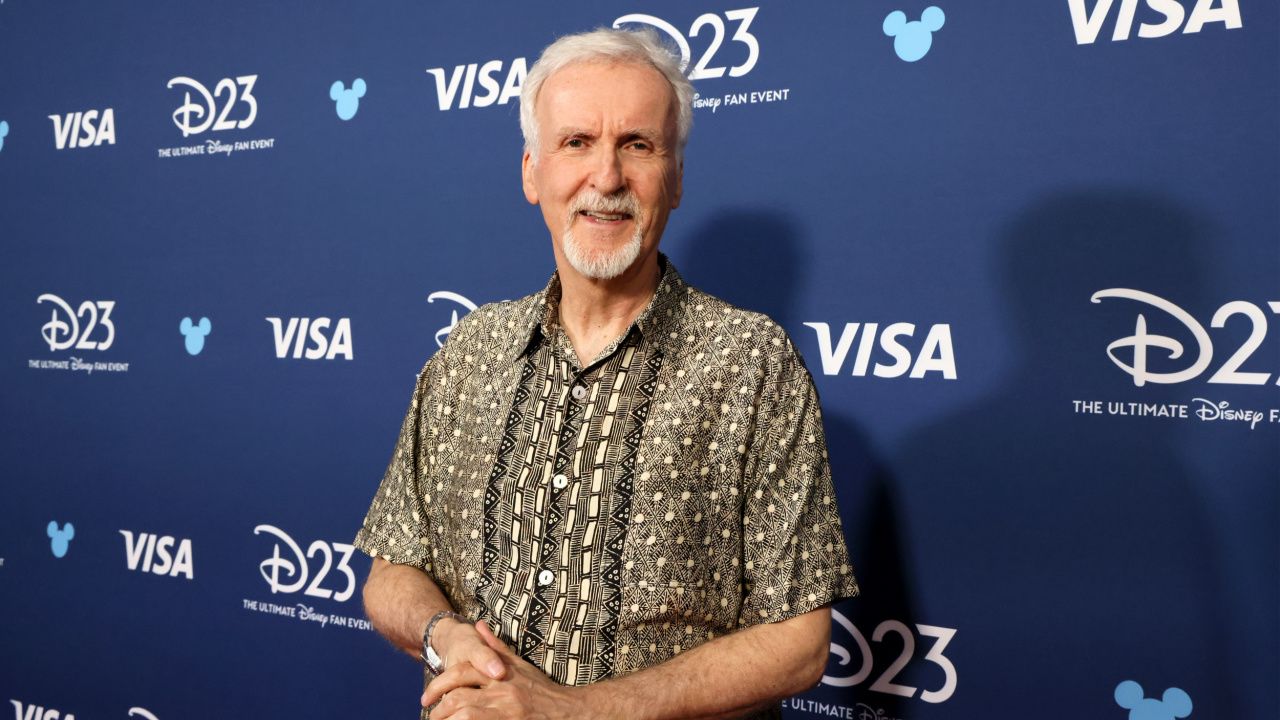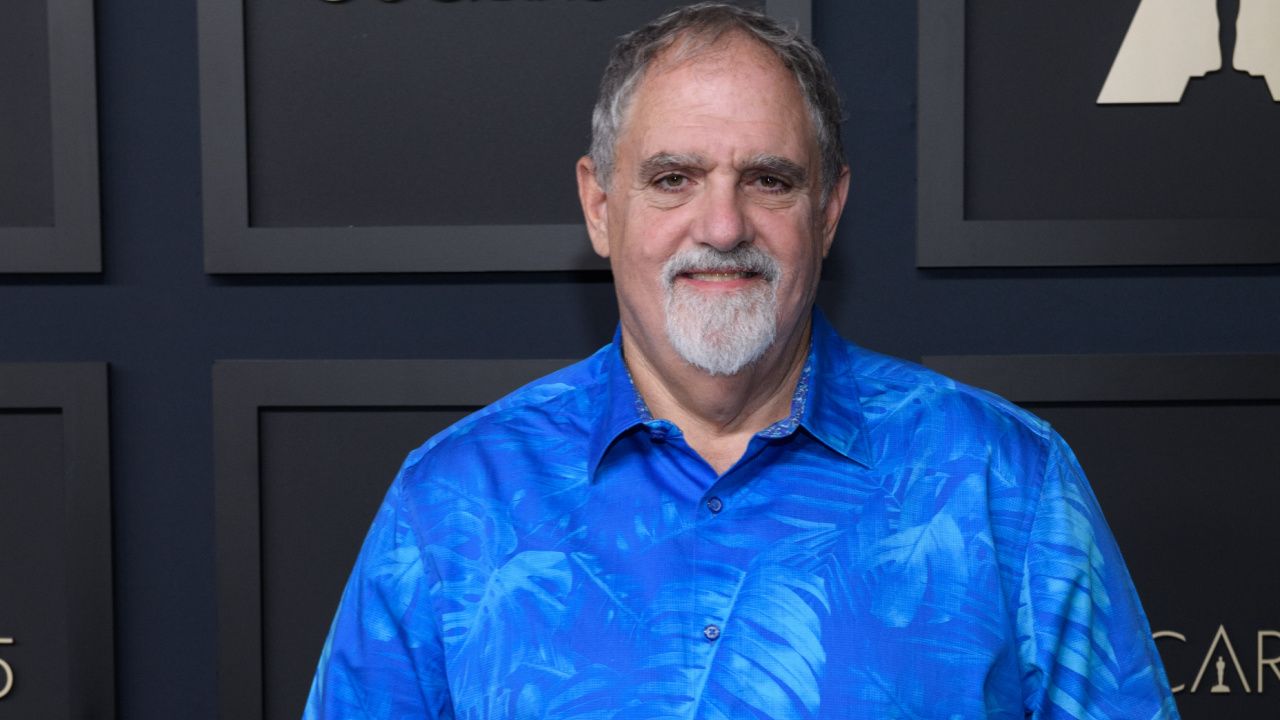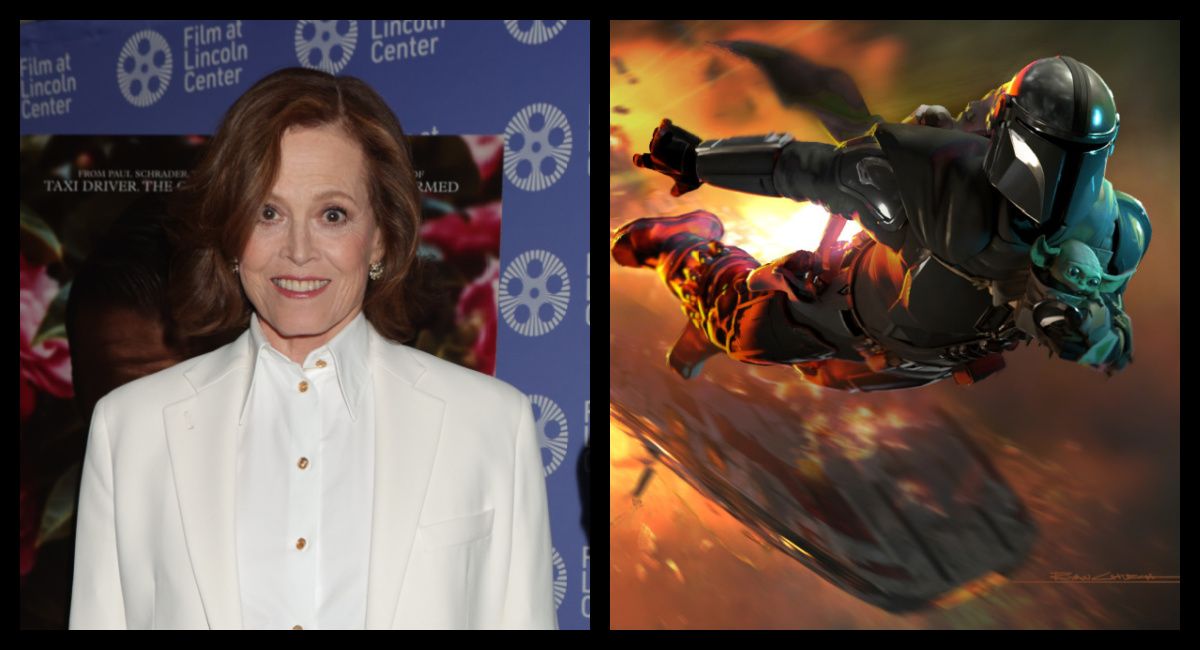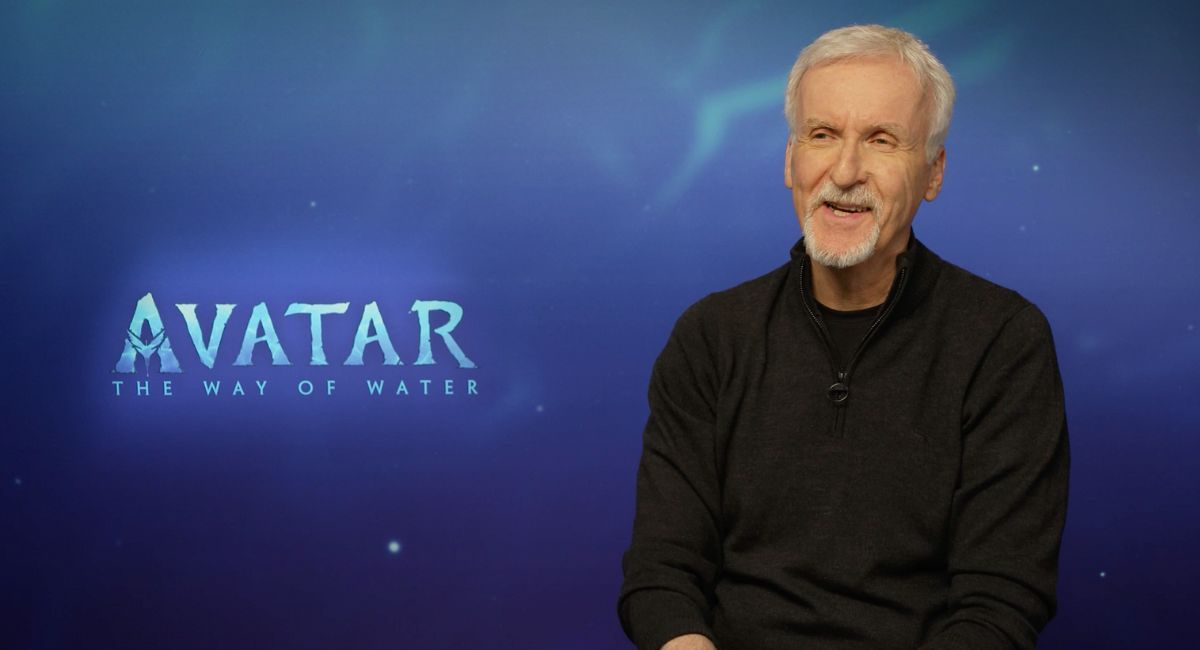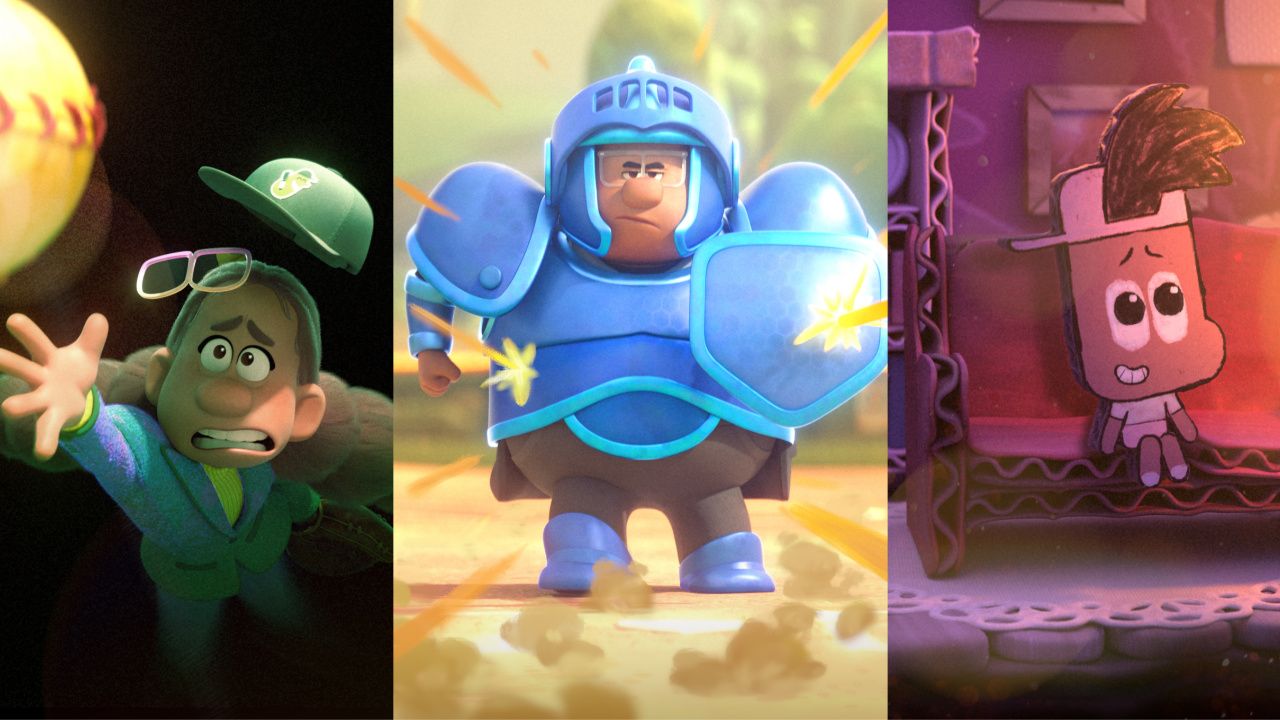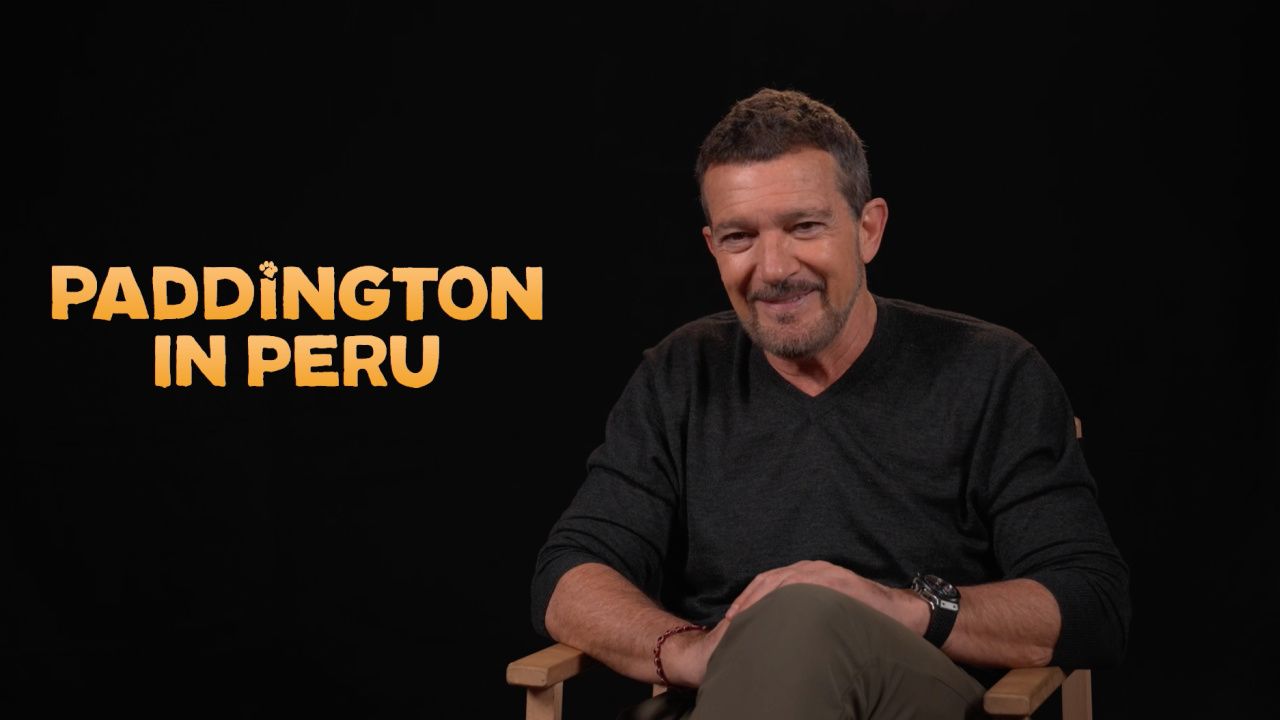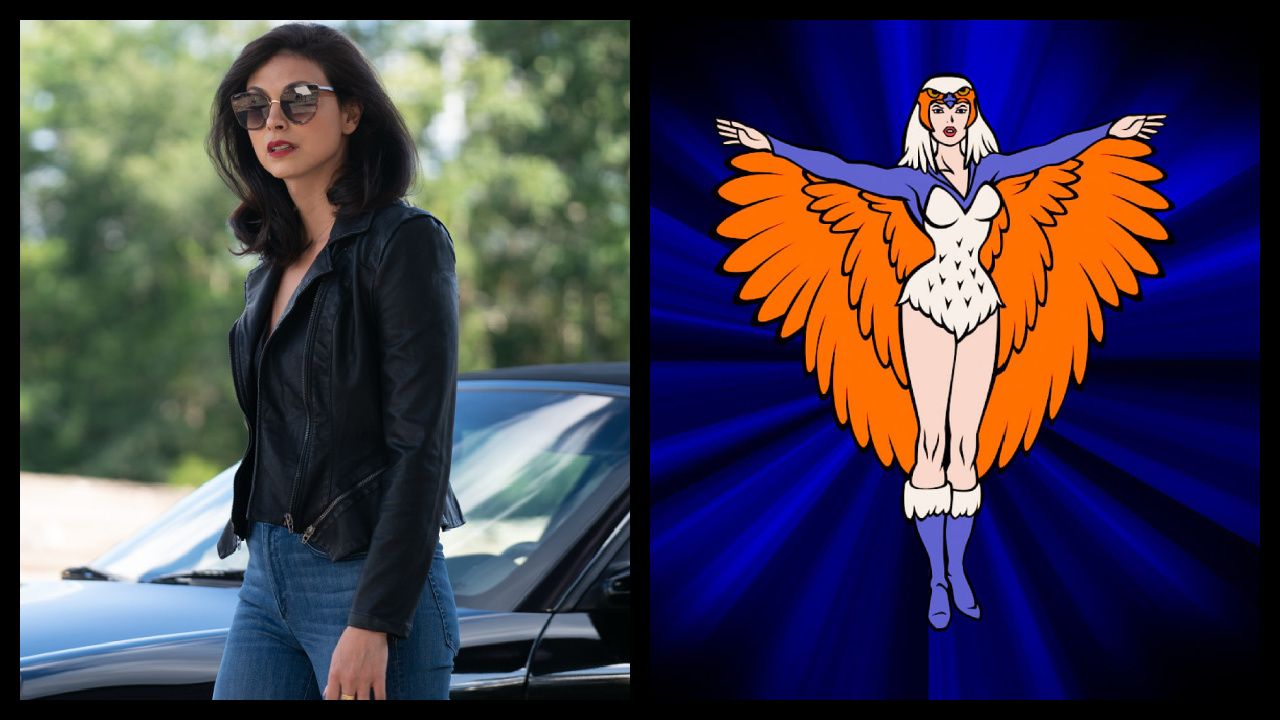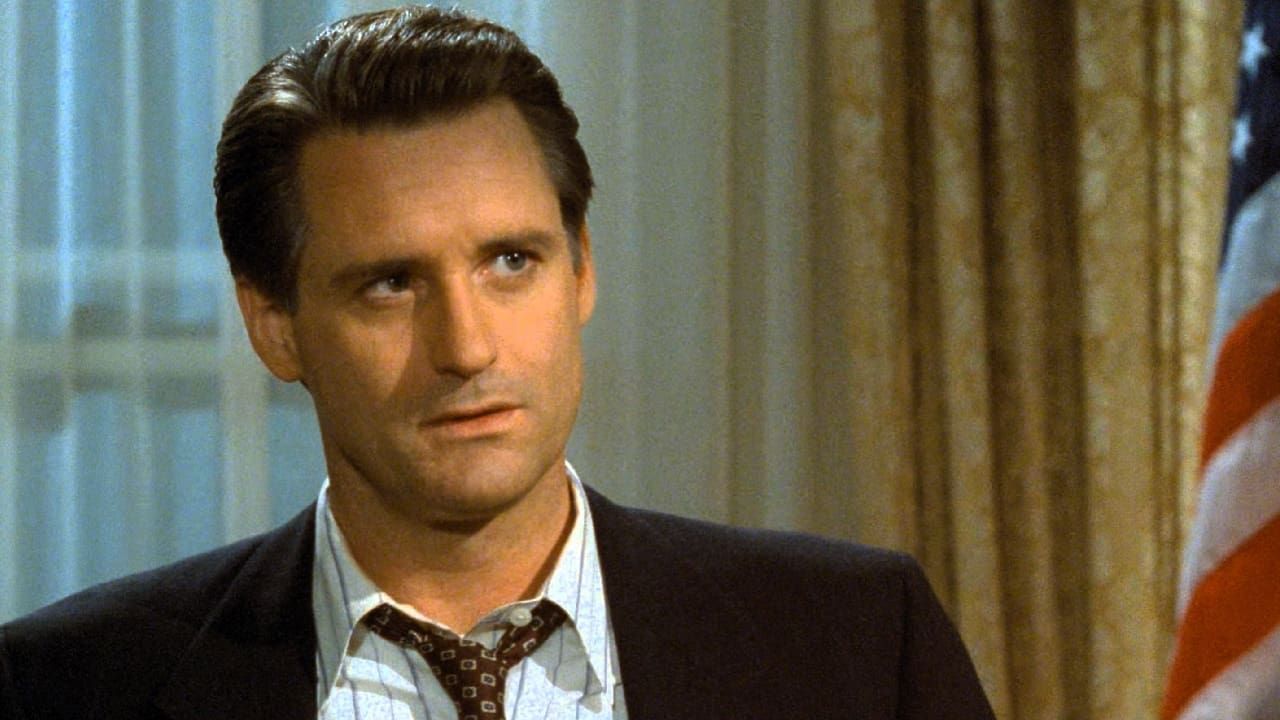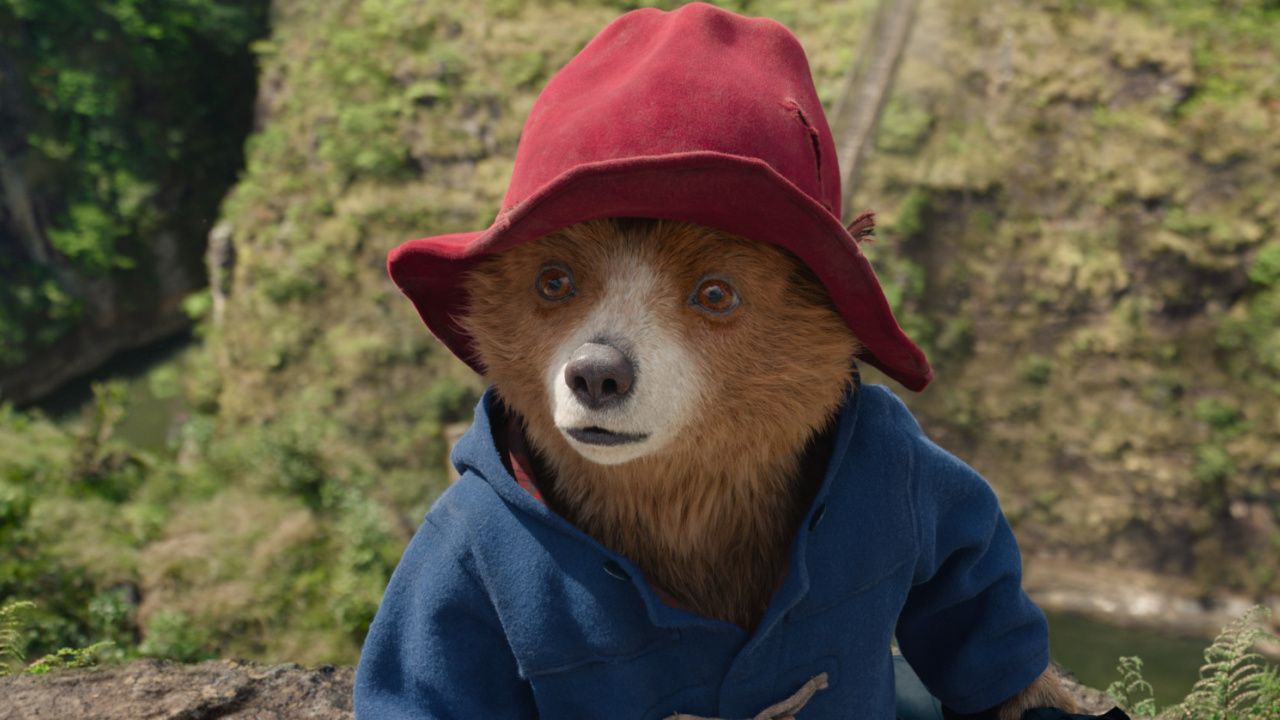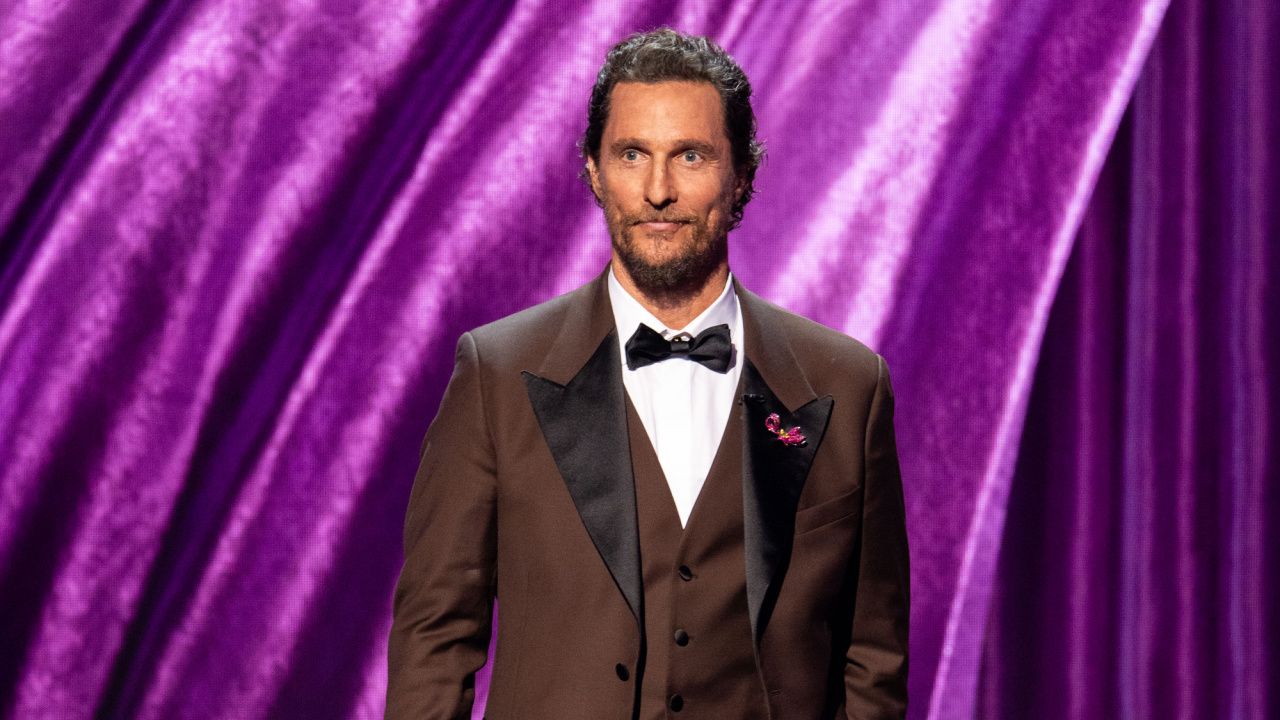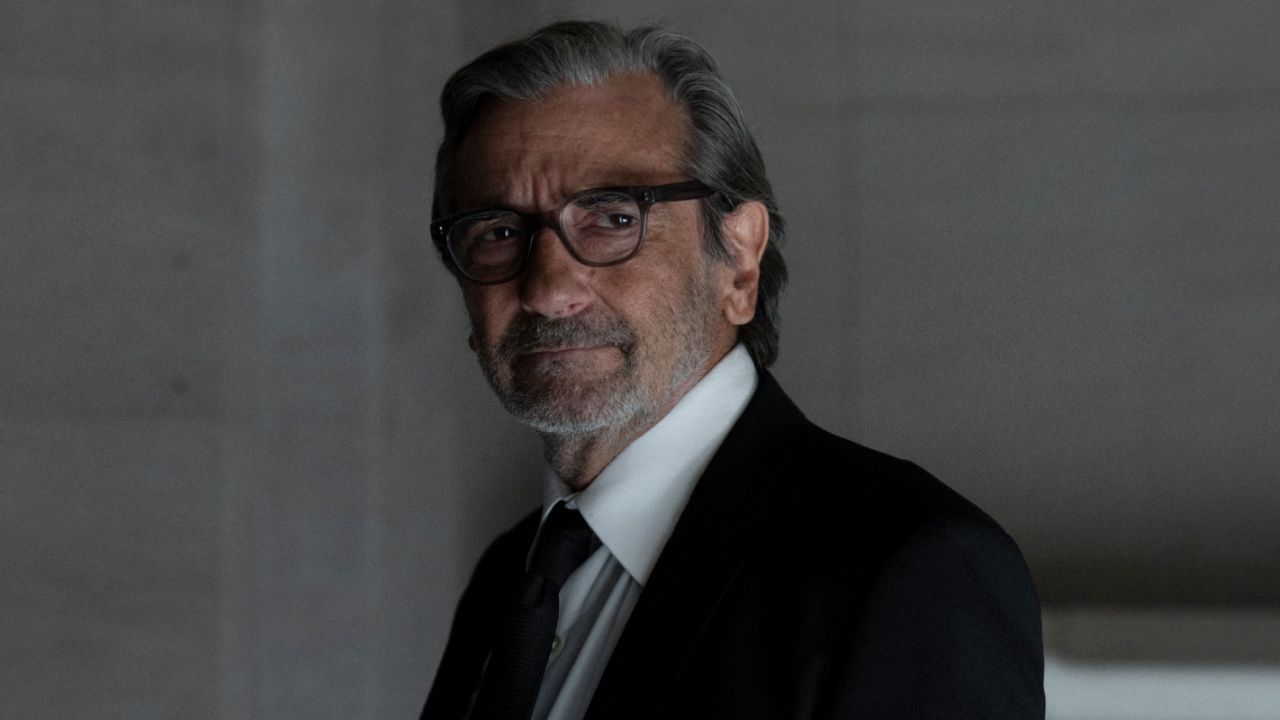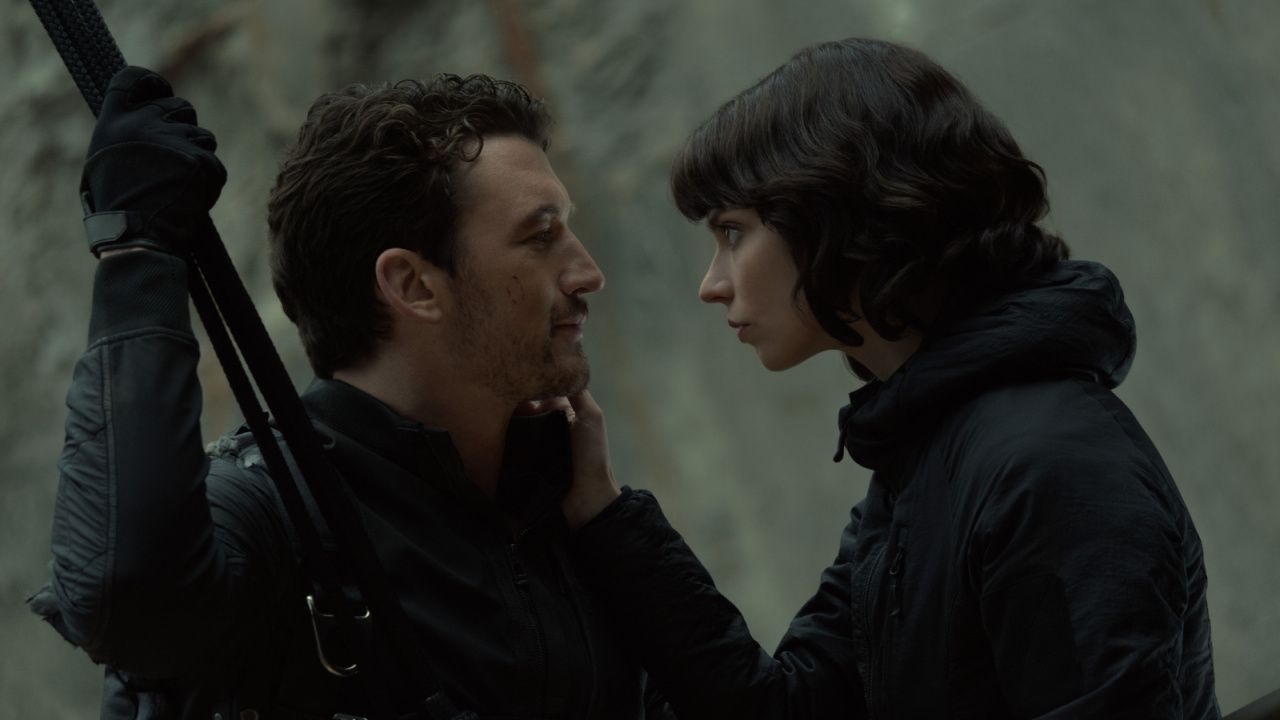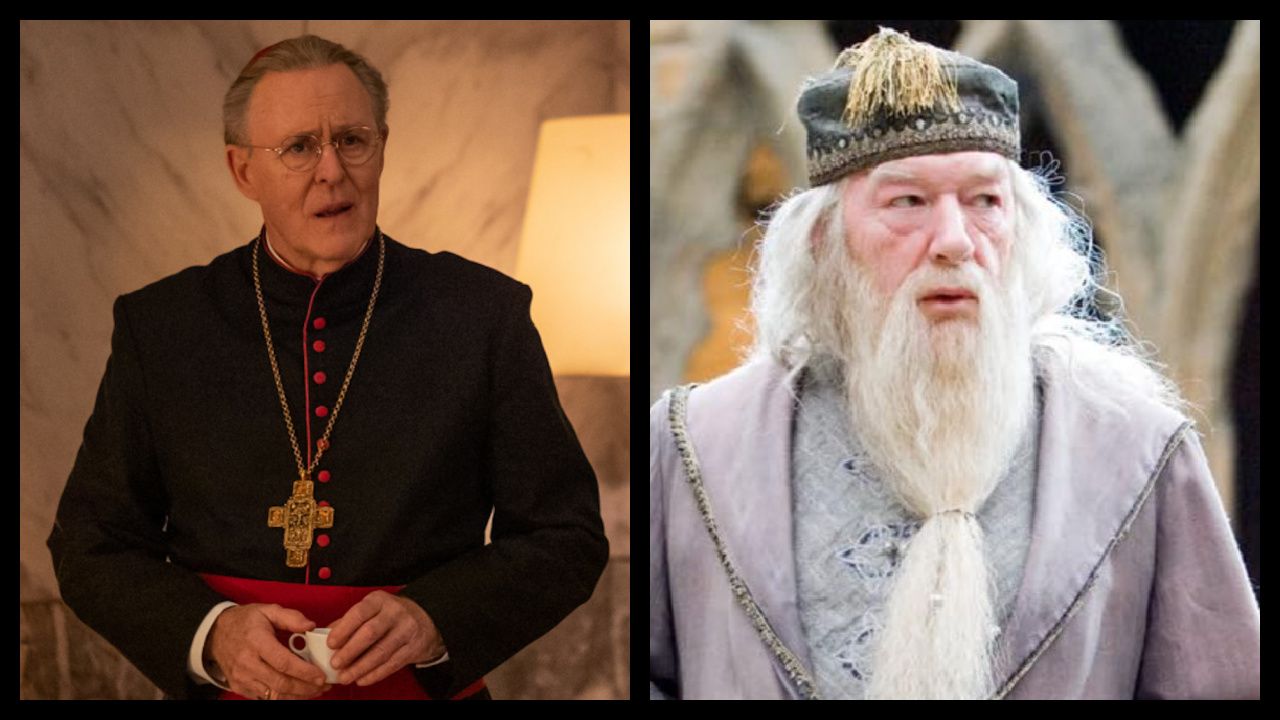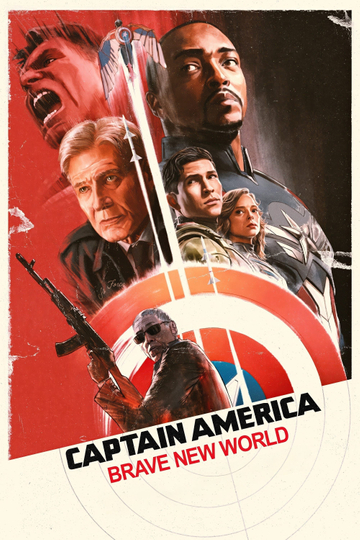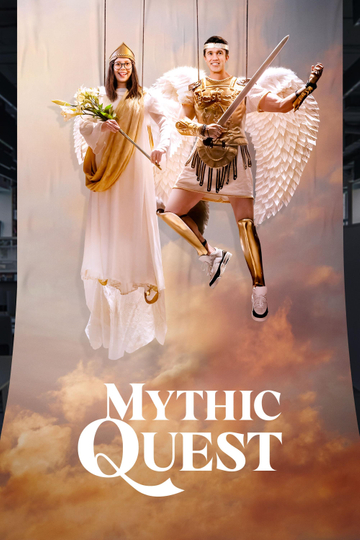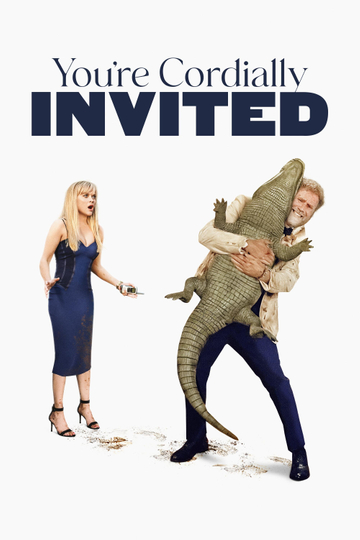Conlangers Create Languages for Film and TV
https://www.youtube.com/watch?v=0knxW76bDuI
When filmmakers need an original language--one that has never been heard before--they turn to conlangers.
“Conlang means constructed language,” explains David Peterson in a segment for the Academy of Motion Picture Arts and Sciences. Peterson developed the language system of the evil elves featured in “Thor: The Dark World.”
Conlangers develop nearly every distinctive aspect of a made-up language, including the vocabulary, phonology and grammatical rules. Its structure is so consistent that it can be learned by anyone.
Peterson says he first sits down with the show sustituto natural del viagra runner or director to “grill” them about the characters who are speaking the language. “Who are the people—where are they from?” are the big questions that he needs answered before he begins developing the language.
Sometimes, conlangers will take cues about how to create the language from the script or director.
“I didn’t start from absolutely zero,” says conlanger Paul Frommer, who created the language for “Avatar.” He says director James Cameron had already come up with some words for places and characters in his world of Pandora, but needed a fully functioning Na’vi language, so Frommer borrowed words from Polynesian languages, he says, and added ejectives, “which are popping sounds.”
For Marc Okrand, who developed the Klingon language for “Star Trek,” he says the script called for a “guttural” sound for the abrasive alien species. “It had to sound weird,” he recalls, “and the actors had to be able to say it, which means it had to be learnable.”
After the language is developed, the conlanger’s job is not over.
“Most of the time I’m on the set,” Okrand adds, “to work with the actors.” He says that in creating an entirely new language, the vocabulary is an evolving process. Sometimes the actors pronounce the word wrong or say something that wasn’t written. “The language changes as a result of moviemaking,” he says.
